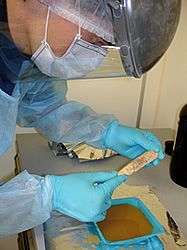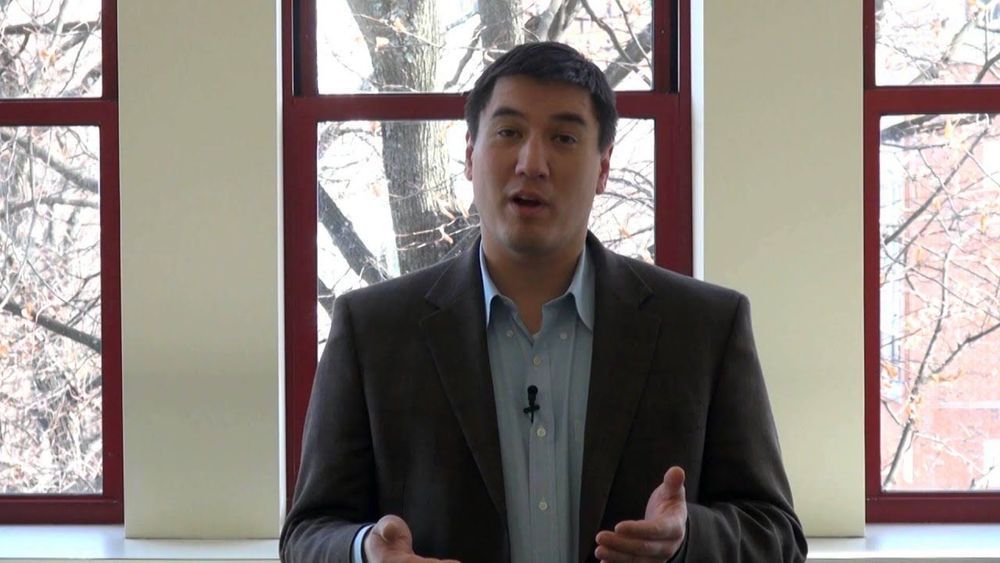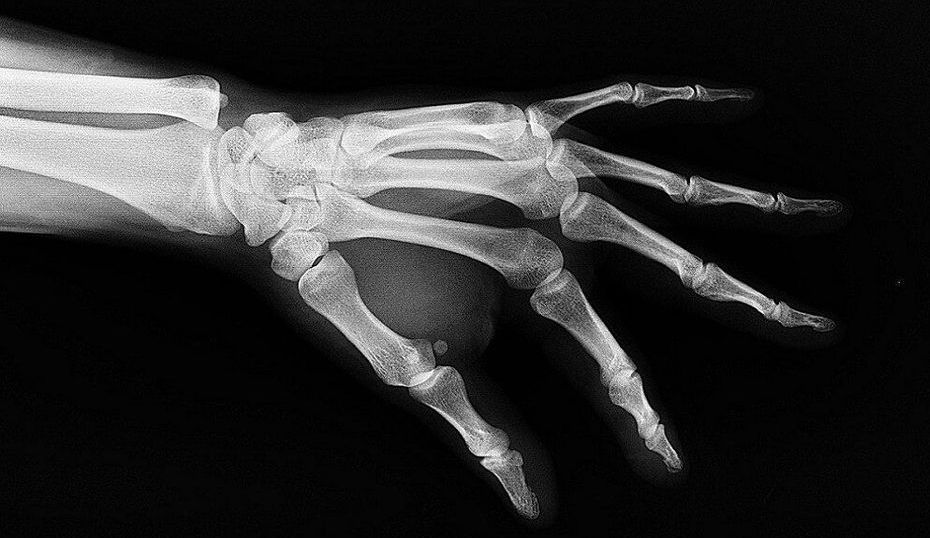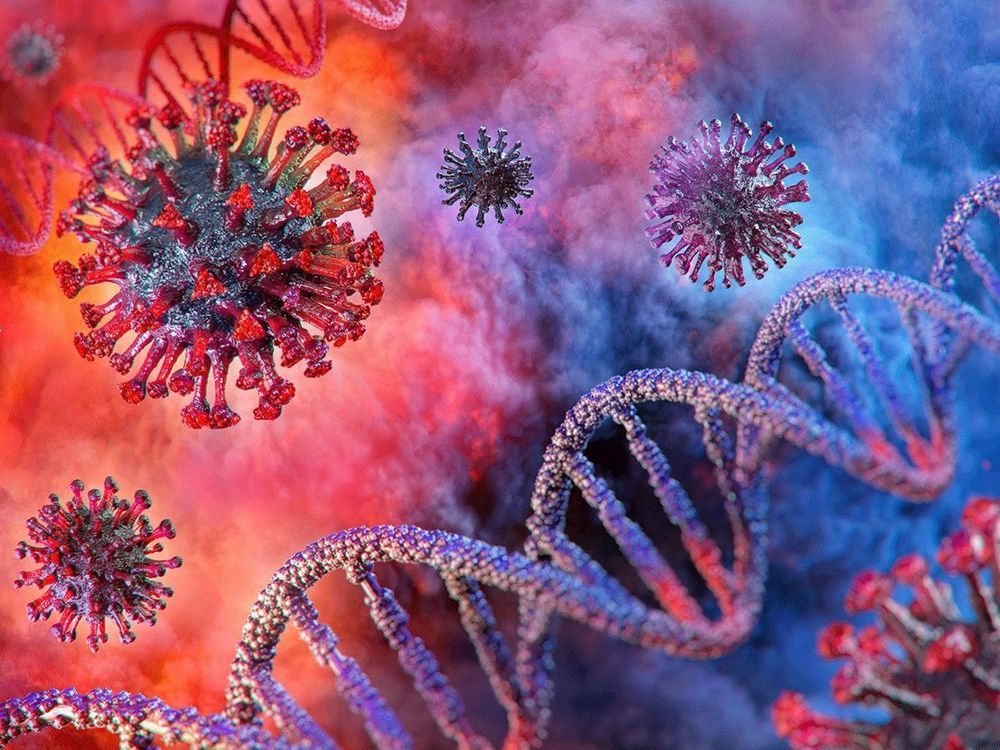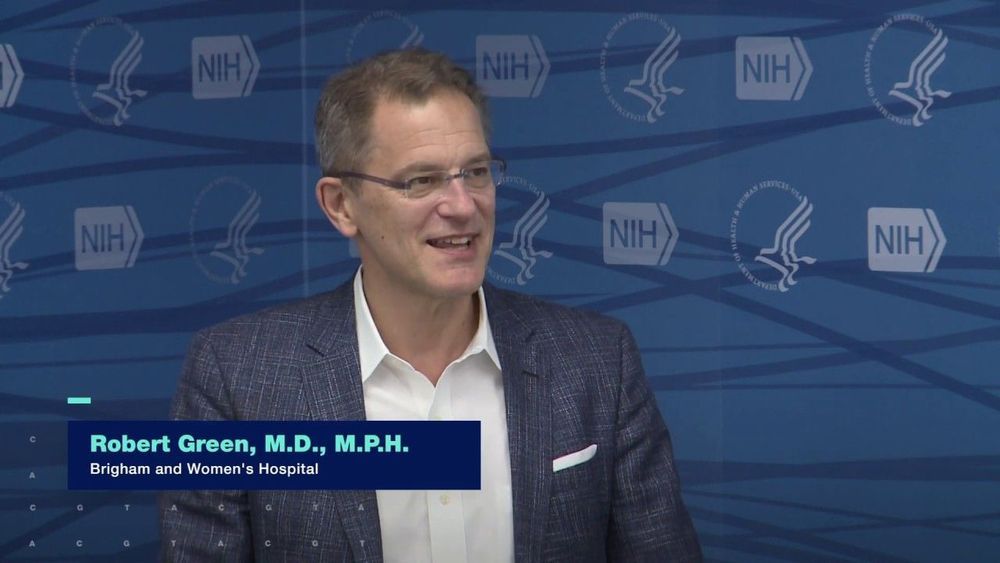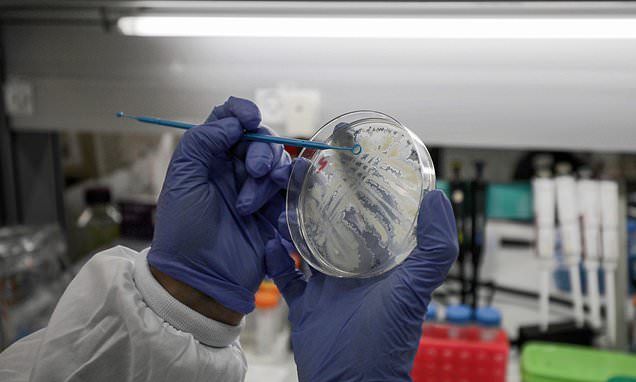Mar 11, 2020
Complete Neanderthal Genome Sequenced
Posted by Quinn Sena in categories: biotech/medical, health
Bethesda, Md., Thurs., May 6, 2010 — Researchers have produced the first whole genome sequence of the 3 billion letters in the Neanderthal genome, and the initial analysis suggests that up to 2 percent of the DNA in the genome of present-day humans outside of Africa originated in Neanderthals or in Neanderthals’ ancestors.
The international research team, which includes researchers from the National Human Genome Research Institute (NHGRI), part of the National Institutes of Health, reports its findings in the May 7, 2010, issue of Science.
The current fossil record suggests that Neanderthals, or Homo neanderthalensis, diverged from the primate line that led to present-day humans, or Homo sapiens, some 400,000 years ago in Africa. Neanderthals migrated north into Eurasia, where they became a geographically isolated group that evolved independently from the line that became modern humans in Africa. They lived in Europe and western Asia, as far east as southern Siberia and as far south as the Middle East.
